From 1945 to 1992 the Cold War was the climate. Individual weather events stood out — the Korean War, the Cuban missile crisis, the Hungarian and Prague uprisings, the fall of the Berlin wall — but the possibility of nuclear annihilation, the great divide between the broadly capitalist West and the broadly socialist East and the numerous proxy conflicts it spawned, were the background to daily life. In retrospect, it seems stable, almost cosy: you knew where you were.
Its ramifications were so many and so all-encompassing that virtually everything you say about it will be true of some part, somewhere. Odd Arne Westad, a Norwegian who is a Harvard professor and co-editor of the magisterial Cambridge History of the Cold War, was brought up on one of the front lines of the confrontation, a region that could have become very hot very quickly. It is in his blood, as it were, and his attempt to summarise the period in 600-plus pages is both comprehensive and concise. If you want your Cold War in a single thick sandwich, this is it.
He defines it as a conflict between capitalism and socialism, originating in ‘global transformations of the late 19th century and buried, as a result of tremendously rapid changes, 100 years later’. One may quibble with his writing of capitalism as if it were a worked-out ideology like socialism, rather than what people do when left to themselves, but he is probably right in treating it as an ideological confrontation comparable to that between Catholic Spain and Protestant England in the 16th and 17th centuries. He argues that, although the Cold War peaked between 1945 and 1992, it was the first world war that engendered it by ‘jump-starting’ the two superpowers, Russia and the US.
From soon after the Russian revolution it was apparent that state socialism, like the national socialism of the Nazis and the Italian fascists, would brook no opposition. Mass imprisonment and murder that had begun with Lenin was later greatly expanded by Stalin. The mission to spread socialist revolution throughout the world was more than rhetorical, even when communist leaders conceded that nirvana would have to be postponed until the world was ready for it. Convinced by Marx that history was moving in their direction, they expected capitalism to collapse under the weight of its own contradictions.
For two or three decades many in the West believed that too, especially after the Depression of the 1930s. But believers failed — or chose not — to notice the contradiction between communism’s proclaimed internationalism and the nationalism of its practitioners which, like its inherent totalitarianism, was there from the start.
It is unlikely that the Soviet Union would have survived the second world war without cooperation with the Allies. But Stalin was at best a begrudging co-operator (he had joined the other side to start with, remember) and learned nothing from it. After 1945, he kept the Red Army on a war footing and installed communist governments in most of the countries he occupied. Odd Arne Westad attributes the freezing of this division of Europe as much to the US seeking to contain the Soviet Union and inhibit the spread of communism as to Stalin’s ‘choosing security and ideological rectitude over any potential for limited cooperation’. Sensibly, he focuses on describing what happened rather than questioning whether the process was necessary (it probably wasn’t) or inevitable (it probably was). Once the freeze set in, freedom and survival depended on averting Armageddon by being seen to be prepared for it.
Westad charts the spread of the Cold War’s glaciers across the globe, arguing that the very concept of the third world arose from the encounter between it and decolonisation. Issues that were essentially nationalist were magnified or distorted when viewed through internationalist, Cold War lenses. The Vietnam war, the Israeli-Palestinian conflict, confrontation in Indonesia and Malaya, Suez, civil wars in the Congo and Angola, the 1973 coup in Chile, Libyan terrorism, the Afghan wars, even the 1984 miners’ strike in Britain (when Russia secretly channelled funds to striking miners) — all were linked to the Cold War. Although Westad doesn’t quite hoist the moral equivalence flag beloved of western peace campaigners (i.e. that each side was as bad as the other), he does point to numerous compromises where ‘as so often in the Cold War, the logic of the conflict defeated both self-interest and common human decency’. He cites particularly Vietnam and US support for Latin American military dictatorships.
In the early postwar years, Europe seemed the most likely arena of military conflagration, with Stalin attempting to starve Berlin, and the US and Britain sustaining the astonishing, almost year-long Berlin airlift, during some of which planes landed every three minutes.
However, it was the Korean war of 1950–53 that ‘militarised’ the Cold War on a global scale, making it, Westad reckons, the greatest single calamity of the period. In that grim, neglected conflict Russian, Chinese and North Korean troops fought UN forces under US command, comprising American, British, Canadian, Australian, New Zealand, French, Greek, Turkish, Philippine, Thai, Belgian and Dutch troops. As ever, those whose home ground it was suffered most, with some 3.5 million Koreans killed or wounded and millions more displaced.
Yet this was one war which was entirely avoidable, Westad argues. The division of Korea along the 38th parallel was agreed between Russia and the US when freeing the country from Japanese occupation. It was never intended to be permanent until Stalin and Truman decided that two Koreas might be more conducive to peace. However, Stalin — perhaps smarting from his Berlin defeat — was persuaded by North Korean communists to back the invasion. China, initially reluctant, joined in later. The consequences are filling our screens now.
Modern China is in large part another consequence of the Cold War. Invasion by the Japanese, and its own civil war, occupied the early decades of the 20th century; but when the communist Mao Zedong achieved power in 1949 he used the Soviet Union as his model and protector against the doomed but still threatening forces of capitalist imperialism.
Later, the two communist giants were to fall out; but meanwhile China’s internal history qualified it to claim an unenviable first place in the world championship of unforced suffering. Recent estimates (almost certainly serious underestimates) are that around 77 million Chinese died through war or political murder between the 1920s and the 1980s, the overwhelming majority at the hands of other Chinese. Mao’s Great Leap Forward of the late 1950s was, Westad reckons, ‘the most lethal communist campaign of all time’, elevating Mao ahead of Hitler and even Stalin in the great league of mass murderers.
The Cuban missile crisis is well-trodden ground and there’s probably little new to be said about it. Westad’s account is thoughtful and concise, focusing largely on Kennedy himself. He also draws attention to the early 1980s, when the paranoid old men who ran the Soviet Union persuaded themselves that the West was about to launch a nuclear strike. Fortunately, they were reassured by the KGB.
Any major study such as this surfaces scores of incidentals and forgotten events: Churchill at Yalta securing for the French a zone of occupation in Germany; the conception of the EU as ‘a Cold War project from the beginning’, albeit it was Nato that kept the peace; the killing of Mao’s son by a South African aircraft in Korea; the death of 600 British troops in a battle in Indonesia in November 1945; Mao’s confessed preference for dealing with Rightists, such as Nixon, rather than fellow-Leftists; the brief Chinese invasion of Vietnam in which the Chinese lost half as many soldiers in a month as America did throughout its war there; Gorbachev’s prescient warning to Reagan about the rise of Islamism.
Questions also surface: is Westad right in saying that the ‘real reason’ why Khruschev backed down in the Cuban missile crisis was his belief in the inevitability of Marxism, which nuclear war might put at risk? ‘Khruschev wanted to celebrate the triumph of communism, not eulogise it at its funeral pyre.’ Maybe — but that might also have been a face-saving excuse.
The big question we are left with is, of course, has the Cold War ended? Yes, as defined in this informative and readable account. But some of its principal constituents are still present: Russia bullies eastern Europe, occupies part of it and attempts to subvert Western democracies; communist China, exchanging ideology for money markets and goods, single-mindedly extends its power and influence and conducts naval exercises with Russia in the Baltic; North Korea is run by a maverick nuclear-armed dictatorship.
Ranged against these is an uncertain alliance of liberal democracies which don’t seek confrontation but may have it forced upon them. Russia and China may no longer believe in human perfectibility and the inevitability of socialism but the struggle between freedom and coercion goes on. And freedoms, we should never forget, don’t come free.
Got something to add? Join the discussion and comment below.
Get 10 issues for just $10
Subscribe to The Spectator Australia today for the next 10 magazine issues, plus full online access, for just $10.
You might disagree with half of it, but you’ll enjoy reading all of it. Try your first month for free, then just $2 a week for the remainder of your first year.

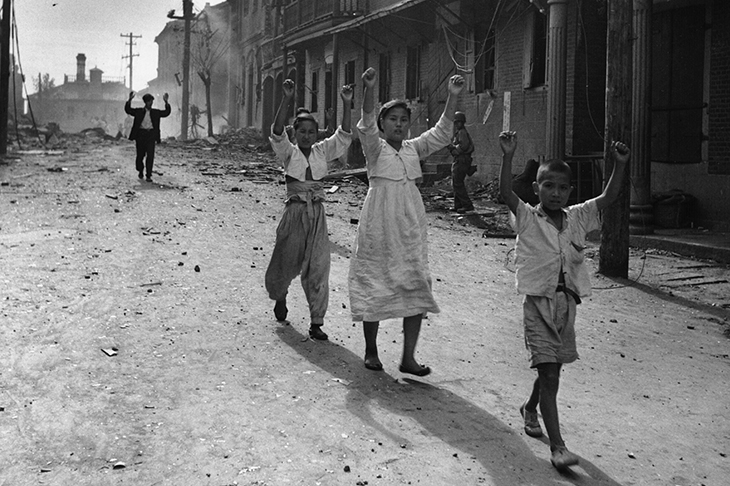

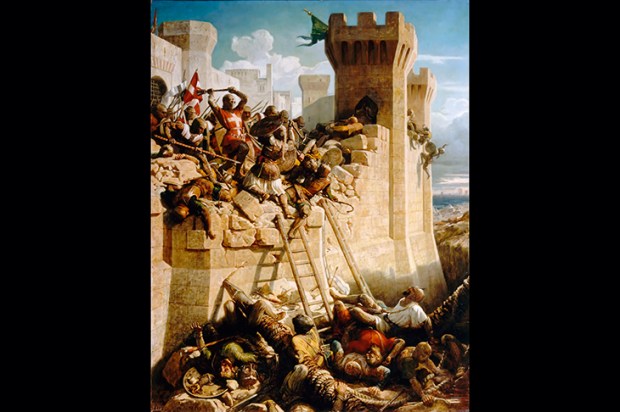
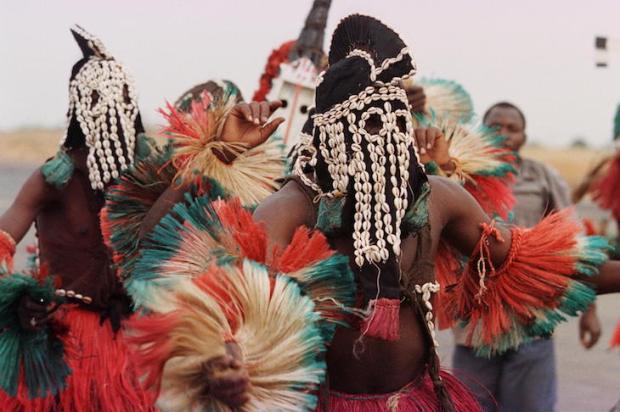
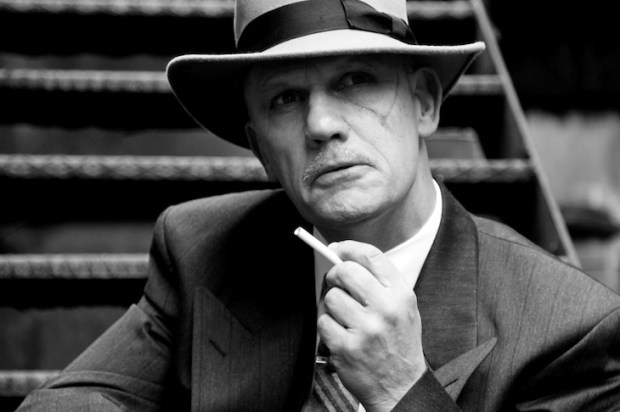
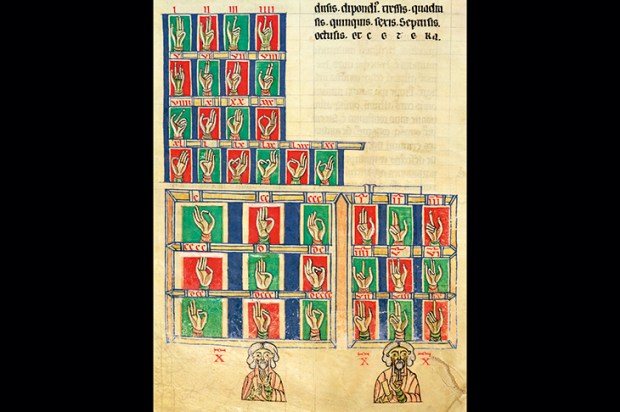







Comments
Don't miss out
Join the conversation with other Spectator Australia readers. Subscribe to leave a comment.
SUBSCRIBEAlready a subscriber? Log in